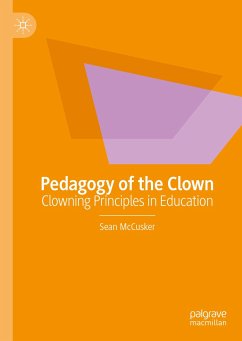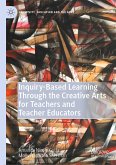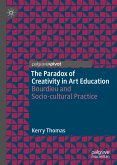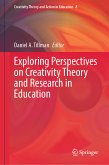This book discusses the tradition of clowning from an educational perspective, highlighting the resonant philosophies between the two professions and asking what one can learn from the other. Modern day clowning follows an age-old tradition, with a set of principles and beliefs expounded by proponents of the profession. Throughout the principles of clowning, themes of subversion, inversion, play and challenge recur. These same ideas have a place in the classroom, not as everyday practice but perhaps as a leitmotif. The book is therefore a call for educators to consider their position within the learning environment and to embody the clown spirit. By looking outside of traditional pedagogical thinking and training, this book demonstrates ideas and techniques from which educators can borrow or learn, allowing them to enhance their own methods and practices. It offers an opportunity to revisit the dynamics of the classroom through the recognition of the important role that the clowncan play in society.
Sean McCusker is Associate Professor of Education at Northumbria University, UK. His research interests are centred on developing better understanding and communication within broad educational contexts. This covers many strands, including play and playfulness in education, the use of Lego® Serious Play® as tool for improving dialogue and strategic thinking as well as methods for representing and interpreting large and complex data sets.¿
Dieser Download kann aus rechtlichen Gründen nur mit Rechnungsadresse in A, B, BG, CY, CZ, D, DK, EW, E, FIN, F, GR, HR, H, IRL, I, LT, L, LR, M, NL, PL, P, R, S, SLO, SK ausgeliefert werden.









